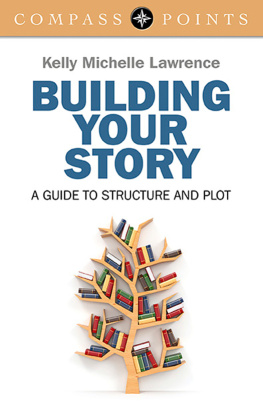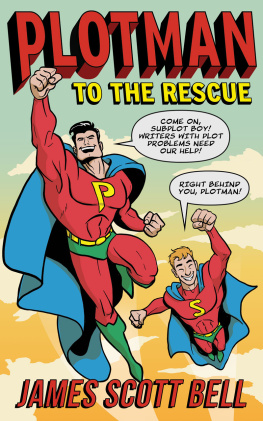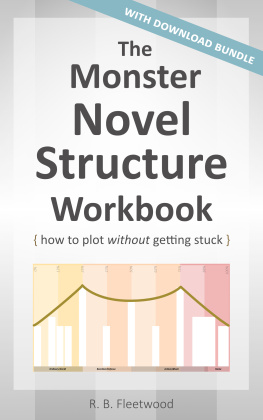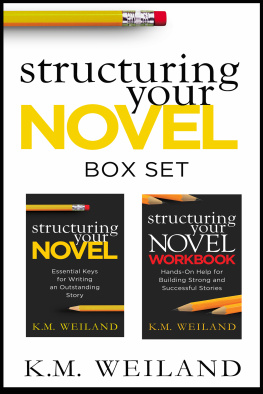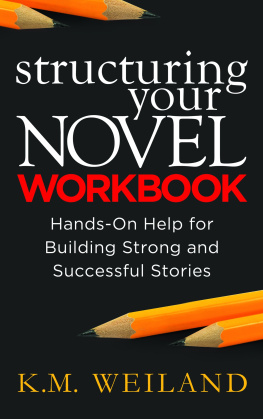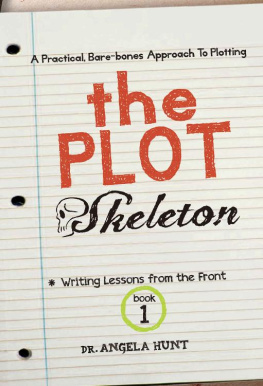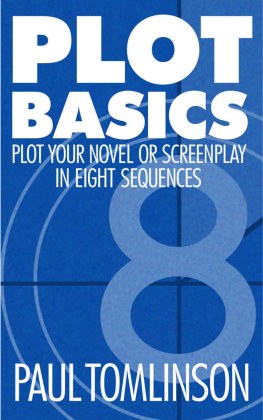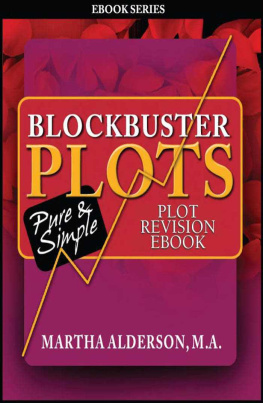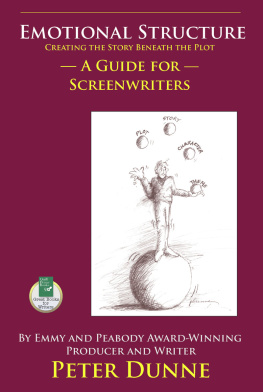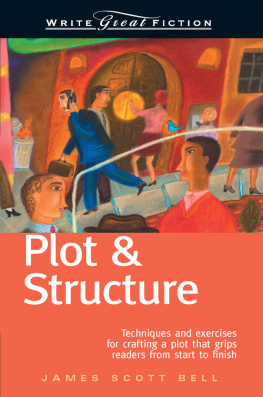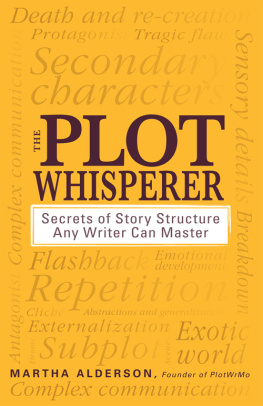First published by Compass Books, 2014
Compass Books is an imprint of John Hunt Publishing Ltd., Laurel House, Station Approach, Alresford, Hants, SO24 9JH, UK
www.johnhuntpublishing.com
www.compass-books.net
For distributor details and how to order please visit the Ordering section on our website.
Text copyright: Kelly Lawrence 2013
ISBN: 978 1 78279 608 4
All rights reserved. Except for brief quotations in critical articles or reviews, no part of this book may be reproduced in any manner without prior written permission from the publishers.
The rights of Kelly Lawrence as author have been asserted in accordance with the Copyright, Designs and Patents Act 1988.
A CIP catalogue record for this book is available from the British Library.
Design: Lee Nash
Printed and bound by CPI Group (UK) Ltd, Croydon, CR0 4YY
We operate a distinctive and ethical publishing philosophy in all areas of our business, from our global network of authors to production and worldwide distribution.
CONTENTS
For my mother, Danielle, for introducing me at a young age to the power of a good story.
Acknowledgments
Many thanks to all at Compass Books, particularly Suzanne Ruthven for her advice and encouragement.
For all the wonderful storytellers, known and unknown, who have inspired me over the years.
For my readers, especially all those who take the time to post reviews or drop me a line on Twitter. Writing can be a lonely business without this interaction.
For all writers who are currently wrestling with their latest piece of work to the point of despair you are not alone. And it does get easier. Honest
Introduction
No Structure, No Story
What exactly do we mean by talking about structure, and just why is it so important?
In the most basic terms if you dont have a structure, then you dont have a story. Structure and plot are sometimes used interchangeably, but although closely interlinked they are not quite the same thing. Your plot is what happens in your story; your structure is a map for how that plot unfolds. Think of a plot as the bricks of your novel, and structure as the cement that holds it all together, as well as the overall shape.
In effect then, the structure is the shape of your plot and the foundation of it. It holds your story together. Your structure is your guide for what happens when, and it shapes your plot into a coherent narrative. Without a well-structured plot it doesnt matter how beautifully you write or how wonderfully imaginative your original idea, you still dont have a story. What you have is a pile of writing. It may be genius level writing, but it isnt a story.
If you are the sort of writer who, rather than planning every plot detail meticulously, likes to take a good idea and run with it (which inevitably leads to far more editing later on) then having at least a basic plan in place before you begin ensures you wont stray too far away from the path and end up, a third of the way into a draft which started brilliantly, scratching your head and thinking now what?
Of course, thats not to say that you cant alter your original structure. Or that you cant make changes as you go along to your initial plot ideas; on the contrary. Having a basic plan in place before you get down to the main writing will help you identify where and when changes can or even need to be made, and the implications these may have on the story as a whole.
The very word structure itself can sound off-putting. It conjures up something rigid and fixed, as in the wall metaphor. It certainly doesnt sound very creative. Yet it is the very tightness of a well-structured plot that keeps a story moving forward. And your story should always be moving forward. Even during times of exposition or even backstory and flashback, the story should always be moving forward (more of this later). This is particularly true if you are writing for publication with the aim of producing a story with wide commercial appeal. In todays ever changing market and fast-paced society even best-selling romances and family sagas are often as pacy as a Dan Brown or James Patterson thriller.
Think of your structure then as the lines of a motorway, guiding your story vehicle forwards rather than letting it meander off to do some sightseeing along narrow country lanes.
Chapter Breakdown
It is of course up to you how you choose to read this book, whether you read it from cover to cover or dip in and out of the bits that seem most relevant to you, but I would advise that you do the writing exercises and mini-exercises in the order given. Each chapter, although more or less self-contained, also follows logically on from the other, ending with an afterword that brings everything together and provides tips to help you structure any past, current or future projects; as well as suggestions for mini-exercises scattered throughout the whole text. This is followed by an appendix of resources which includes a look at some of the new story writing software and asks if any of this can be helpful with the issues examined in this book.
Notice what Ive just done there? Read the preceding paragraph again. It sums up the structure of a particular book the one youre holding in your hands. Although a non-fiction work, it has a recognisable structure; an introduction followed by five chapters, each with their own mini-structure of subheadings followed by writing exercises and a chapter summary; an afterword that sums up the message of the book, followed by an appendix. Sometimes, as we will see in the first chapter, it really is as simple as that.
Anyway, on with the chapter breakdown
In the first chapter were going to look a little more closely at the definitions of plot and structure and the relationship between them, as well as examples of structural and plotting techniques such as the basic three act structure and the oft repeated assertion that there are only seven plots in the whole world. We will take an in-depth look at these before going on to look at more complex structural techniques, layered plots and some excellent contemporary examples of both. There are also exercises to help you construct a basic skeleton of your proposed novel and an introduction to the fantastic technique of mind-mapping, if you are not already familiar with this.
Novel and fiction writers can learn a lot by looking at the structure of screenwriting and the story lines of certain movies and Ill be taking an in-depth look at this in , along with further exercises and a look at the writers journey as described by Christopher Vogler. This is used extensively by screenwriters and has much to contribute to the novelist also.
In well examine the importance of pace in your novel, what this means and how a tightly structured plot is essential. As well as a look at continuity issues (a common gripe from editors) the chapter focuses on introducing conflict into your story and adding tension in order to keep your story engaging and moving forward, as well as taking an in-depth look at the use of time.
deals with the drama the high points and turning points of your story that come about as a result of the conflicts and we will see how these are enhanced by a tight structure and powerful plot, including the importance of establishing setting and building up to the high moments, how to effectively foreshadow dramatic turns, and craft a successful resolution or impact.
The fifth chapter covers external and internal journeys within your story and your main characters experiences and how these should mirror and support each other. We will begin to bring everything together in this chapter to demonstrate how a simple initial structured plan can be built upon to produce a richly layered, thoroughly engaging story that keeps the reader turning the pages.

